Launching Ads for Mobile App Startups | Mobio Group
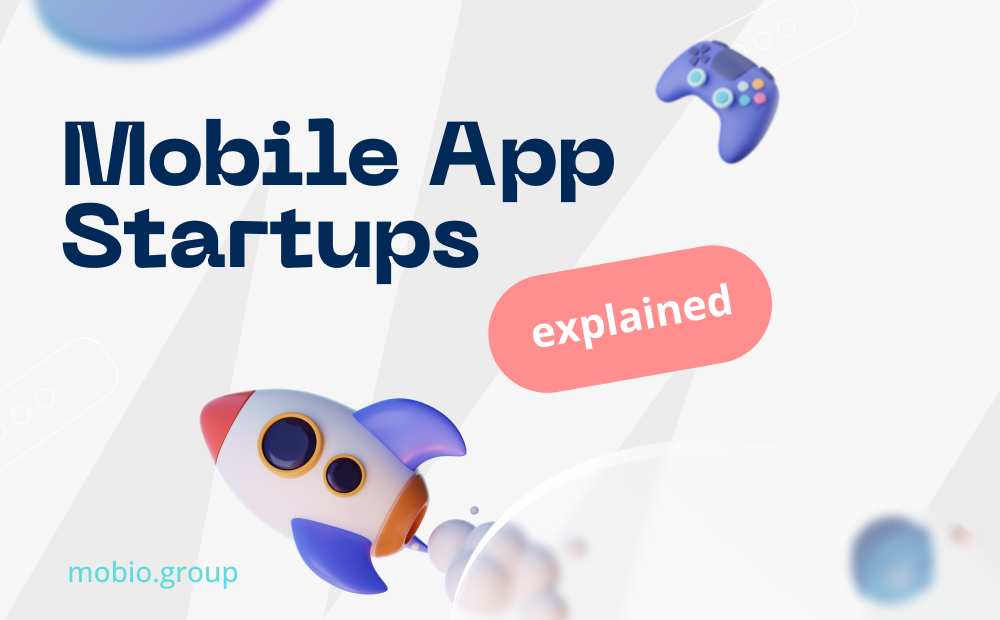
Got an IDEA? An idea that will keep your app from drowning in a sea of offers, has a competitive feature or specific characteristics? Can you do better, faster or of higher quality? Then start taking action! For reference and inspiration: Google Play — more than 3.6 million apps (49 categories), iOS App Store — more than 1.7 million apps (26 categories). The average number of new apps per day is 2,727.
Every business starts with an idea. But in order for an idea to turn into reality and become a successful startup, you need to make a competent marketing plan. It is marketing research and analysis that will help you to make a digital strategy that will lead to success, even if you have a fairly modest budget. Mistakes and miscalculations in marketing are expensive. Not wasting your budget and reaching your goal will help you fulfill 6 key points, which Mobio Group has highlighted in our experience of launching mobile app advertising startups.
1. In-depth Market Research
Market analysis will let you know if your idea is viable.
- Identify your market segment, its trends, directions of development, dynamics in the overall industry. Pay attention to specific questions: the total annual revenue of the industry, is the market growing and at what rate, what is the average life cycle of projects. What are the market needs and can your startup meet them? Will there be demand for your app? Move from the general to the particular — research the number of app downloads commensurate with yours, user reach, engagement, clickability, user retention rates, and so on.
- Study your competitors, especially trends in your market sector. Evaluate who the leaders are, who has the largest audience and profits, what share they hold. Compare the dynamics of your strongest competitor with overall market trends. Be specific — read reviews of competitors’ apps, study their rankings, number of installations, category position, what keywords are competitors promoting.
Market research gives an answer to the questions: is it worth launching a startup at all, what is the approximate budget for launching it, how long is the project and what is the payback period. At this stage, the Pitch-Deck (a presentation of the startup, its business model, and its scaling strategy) is generated. The company’s management and investors obtain the data they need to make a decision on the fate of the startup. “To be or not to be” is decided at this very stage, which is why it is so important to conduct a competent marketing analysis. Miscalculations in marketing can lead to the failure of a project. For example, according to a study by CB Insights, in 35% of cases the reason why a startup fails is the lack of market demand. A far-sighted decision would be to entrust the research to marketing agencies, preferably full-cycle. Agencies use paid expert tools to collect statistics and analysis, and have experience in business design and forecasting.
2. Defining Your Target Audience
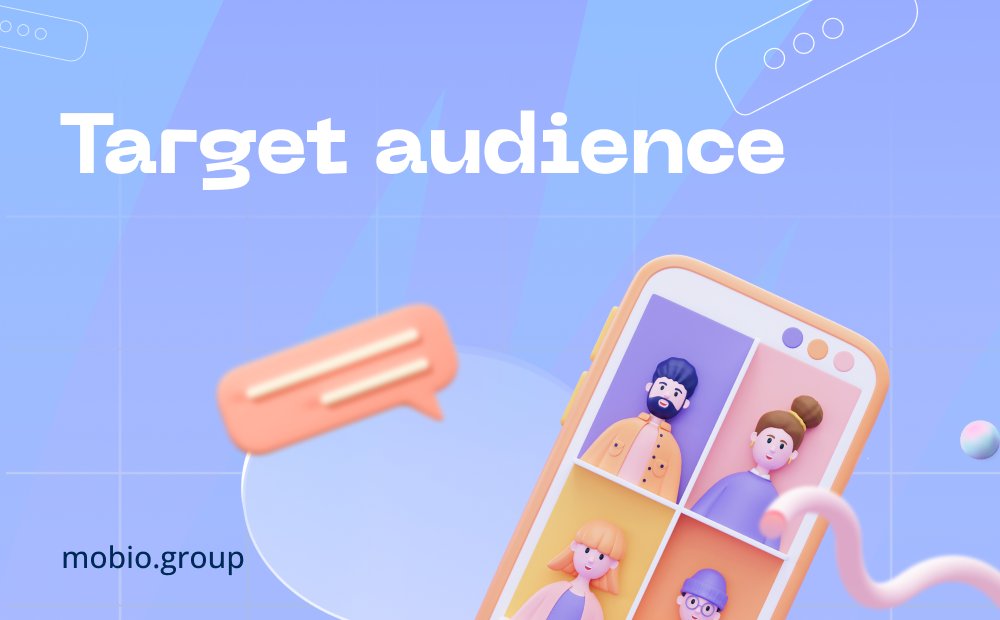
In fact, the target audience (TA) is not all mobile internet users, but customers interested in the product your startup offers. Too broad an audience will spread your advertising budget too thinly, not getting you closer to your goal. To find those groups of consumers most likely to use your app, you need to carefully segment your audience. Draw up a socio-demographic portrait of the customer, features and characteristics (gender, age, hobbies, profession, average income, marital status). Segment by user geolocation and device type (smartphone, tablet, iOS, Android). Identify the type of future user of your app using a marketing tool such as the Buyer Persona framework. Chart your interaction using the Customer Journey Map (CJM). The more information you gather, analyze and segment, the more successful you will be in defining the final USP (Unique Selling Proposition), “features”, UX design and monetization models.
Already at this stage, you should think through a strategy not only to attract users, but also to retain them. For this purpose calculate the contact points with customers in the digital space using the CLM method (Customer Lifecycle Marketing), which will help you target customers to the right content, direct them towards specific actions and thus move them through the sales funnel.
When the market is analyzed, TA is segmented, a budget is approved, a clear USP with an understanding of key benefits is formed and the digital-strategy is ready, it’s time to take concrete steps to launch your app.
3. Setting up ASO
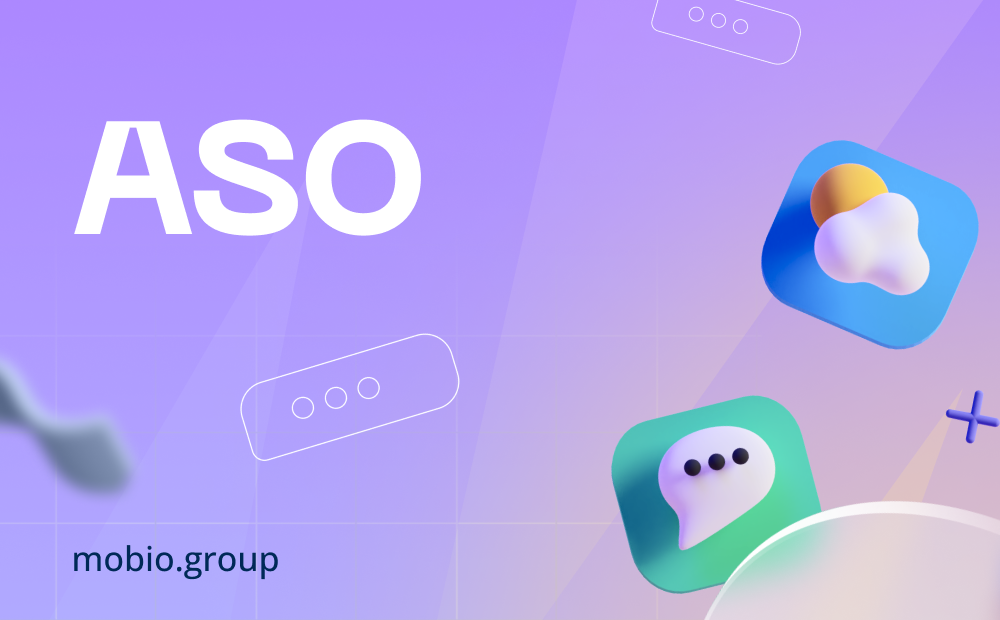
ASO (App Store Optimization) — is the foundation of your startup promotion, the base without which it is impossible to make good advertising, the source which provides a constant flow of pure organic traffic if set up correctly. It also makes an attractive profile for users who click on ads and get to know the product. The main goal of ASO is to bring the app to the top positions for relevant search queries and increase conversion to installation, providing an influx of organic (free) traffic to your app. To do this you need to do the following:
Collecting the semantic core and text optimization
In order for a user to see your app in the first place when entering a query of interest, you need to select the keys (word combinations and phrases which best describe your type of activity) and integrate them into the text metadata which is indexed by the App Store and Google Play search algorithm. Text optimization not only affects the position in search results, but also has a significant impact on CPI. A well-crafted description, which reveals the USP, increases the number of downloads. Use automatic cues from ASO services and app stores to expand your semantic core. Mobio Group‘s advice — start with low-frequency queries (their traffic will be targeted, as the user will come to a clearly formulated query), gradually involving medium and high-frequency. Semantics should also be collected in order to plan the application structure more effectively, create a content plan and set up contextual advertising.
· Visual optimization
Even with good text optimization of the app, it is necessary to work through its visual component to interest the user and motivate him/her to download the product. Visual elements with well-designed graphics show good conversion rates: the user easily identifies your app in a competitive environment, assimilating key information faster. The design of icons, screenshots, video clips, their quantity for publishing, and proper highlighting of UI elements of the application directly affects conversion rates. To find the design that will trigger the best response from users and minimize the risk of losing conversion, the graphical metadata should be tested.
· A/B tests
Experimentation with different hypotheses makes it possible to understand what attracts users more and what they respond to better. You can test any elements — headline, description, images, button size, etc. Compare different combinations of creative sets, calls to action and audiences to find the most converting ones. Track user behavior as you test, analyze patterns, and add popular content. Experimenting with app ads never ends, consumer tastes and preferences change — come up with something new, test ideas with the tools available and adapt to current user requests.
· Work with feedback
The users’ opinion influences search results and, consequently, the number of downloads. Rating, number of ratings, number of reviews, user sentiment — all have an effect on the ranking of the application page. Potential customers are guided by the ratings and reviews before deciding to install. Try to achieve a rating of at least 4*, remind the user of the opportunity to rate or share their opinion in reviews, thank them for positive feedback, and respond to negative reactions. Listen to user requests and make periodic updates. Make sure the app works without crashes or bugs, loads without lags or freezes, and that the navigation is smooth and easy to understand. And for a guaranteed high rating, please contact us.
4. Selection of Advertising Sources
ASO yields organic traffic — the user finds the app himself in the search bar and installs it. Conditional free organic traffic, in addition to ASO, is achieved through search engine optimization (SEO) and social media marketing (SMM). After setting up ASO, you need to decide on paid sources for advertising. The main ones are Facebook Ads, Google Ads, In-app networks, Apple Search Ads, TikTok Ads, Snapchat. Each of them has its own peculiarities in working with applications, and different products require their own “top” traffic sources. In order to get the first results, you need to work through each of them, conduct hypothesis testing and determine which source showed the best results.
Manually analyzing and optimizing advertising campaigns is impossible — a person will not have time to take into account hundreds of different indicators and variables. Even with the right advertising setup, you won’t get many users if you do it yourself. Modern technology with Machine Learning and automation of system management can increase the results manifold. The system with continuous tracking of customer data allows to algorithm test rates, target and advertise, and find your exact audience, as well as produce effective options for display ads. In order to understand which source brings users who take targeted actions to a mobile app, a mobile tracker is used. It is an analytical system that supports integrations with ad platforms and the function of tracking the source of installations in real time. The tracker is connected by integrating a special SDK into the application code. Paid trackers analyze traffic sources more accurately and have a wider functionality. Mobio Group uses AppsFlyer, with the help of which our UA managers track hundreds of hypotheses from different sources and cut off in time the ones that waste budget. In this way, agencies help save startup budgets by increasing the KPI of the advertising campaign.
5. Creating Advertisements
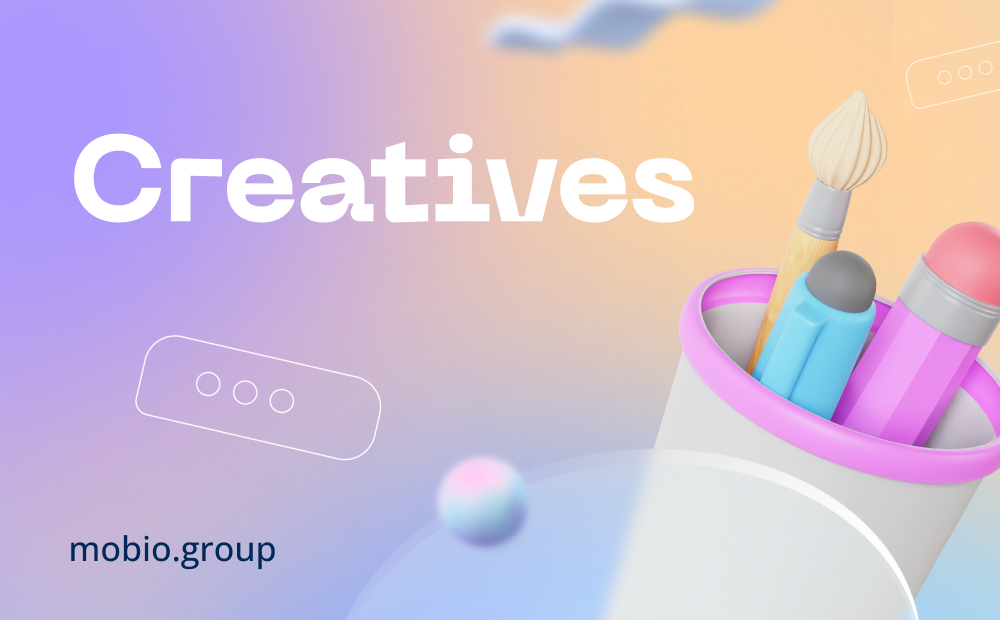
When creating advertisements, don’t promote your app as a product, but focus on drawing attention to the advantage and unique experience your app will provide for the user. Craft your advertisement based on the current goal of your advertising campaign: to introduce the product to your audience, engage them in an interaction with the app, achieve conversions, or maintain engagement. Customize your advertisements for different placements. Try and test different ad formats: native and in-between, rewarding and gaming, banners and videos. Video advertisements usually work better than static banners, but you need to identify working connections between your audience and your ads in practice.
There is no algorithm for creating successful advertisements. And it’s impossible to predict in advance which banner or video will work. It is possible to find the trigger only by experience. Therefore, the more ads you can create, the higher your chance to “reach” the user. At agencies, the UX/UI team and motion designers draw and test up to several hundred advertisements per advertising campaign. Mobio Group created about 300 advertisements to promote a major UK grocery delivery app, Jiffy (case).
6. Adjusting the Strategy
Once your ad campaign is up and running, and initial hypotheses are tested, you need ongoing analysis of results and KPIs by channel (CPA, CPI, CPE, CPT, DRR) to adjust your strategy. Generate reporting templates and metrics to measure results, use Dashboard for convenience. Campaign data is automatically collected and updated by the Dashboard suite and provides real-time information on important KPIs and metrics across all marketing channels. The metrics include conversion rate, cost of customer engagement, user departure, contribution to the sales funnel from each channel, and so on.
Mobio Group uses Dashboards to visually see all campaign statistics, highlight the most important metrics and choose the best solutions for further promotion. Mobio Group also builds a customized Dashboard for each specific customer’s objectives and KPIs with daily/weekly updates and tweaks to the customer’s Polar Star Metric (NSM).
NSM is a current metric that measures the key value of the product for users, focuses marketing efforts in one direction and shows the effectiveness of the promotion as a whole. Analysis of data on the basis of Dashboard and timely correction of promotion strategy allows not to spend the marketing budget on ads which do not bring profit, but allocate it to more effective traffic channels. Or for the money invested in advertising you can get a result that is several times higher than you expected.
Startup Package for Startups
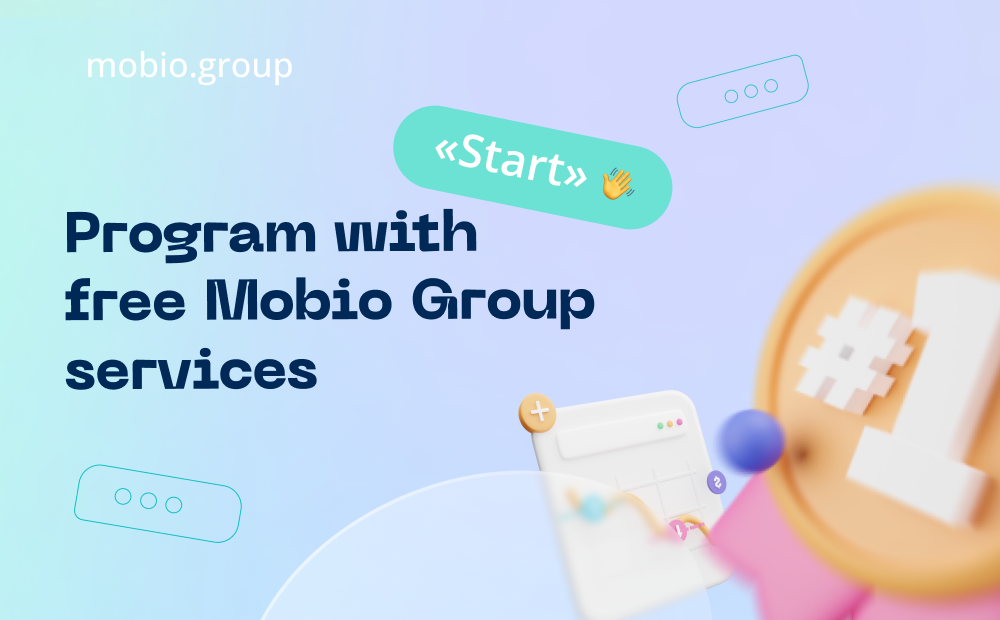
Mobio Group has been in mobile marketing for more than 9 years. Among our clients are such brands as Leroy Merlin, AliExpress, Burger King, Gameloft, Playrix, etc. and many years of accumulated experience in launching startup apps. So we know how difficult it is for startups to enter the market and to promote themselves, and how hard and meticulous this work is. And we also know that the budget is not unlimited. The services of marketing agencies can “eat up” a significant part of your budget, but without the help of professionals, promoting your product is risky enough. Overestimating their strength, many startups “lost” in the market at different stages of promotion. A bit of statistics: in the United States, the average conversion rate in 2021 was on average about 30%, and 7 days after the first installation of the iOS app had a retention rate of 9.19%, the Android app 6.66%. Getting into these percentages of successful startups is your goal. And ours. We can help you:
- Build a digital strategy that’s sure to work.
- Do a great competitor analysis, determine your target audience.
- Set up ASO, work with testimonials, and raise your storeroom ratings.
- Create accounts in your chosen source of traffic.
- Draw the advertisements and run the UA-campaign.
- Go through “the valley of death” — the most difficult period in the life of a startup, when money has been invested, all preparatory work is completed, and the project is launched, but there is still no profit. Investments are coming to an end, but the startup is not yet making money. Nine out of 10 projects fail to come out of the “valley of death. In order to successfully overcome this stage, we offer you our help and make a special offer for startups.
Type “Start” in the form and we’ll send you a personalized offer to promote your mobile app.


